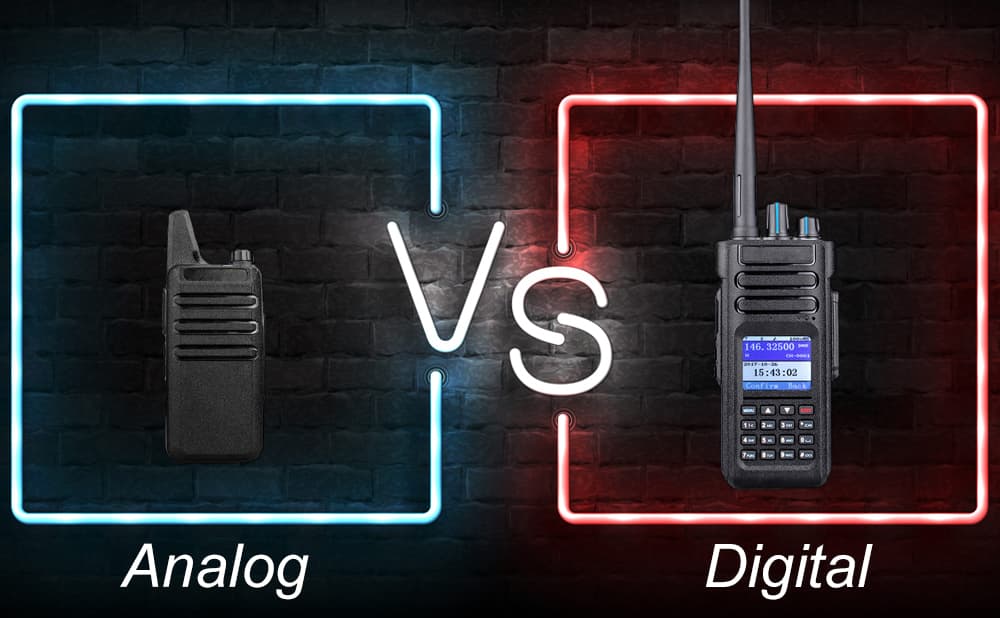
In today's office environment, having a reliable communication system is crucial for ensuring the safety of employees. This is where two-way radios come into play. They allow workers to quickly and efficiently communicate with each other, especially in emergency situations. However, when it comes to choosing between digital and analogue radios, there are several factors to consider that can greatly impact the effectiveness of your workforce in terms of safety, range, clarity, and functionality.
For many years, analogue radios have been the go-to solution for businesses, offering a simple and reliable voice communication network. However, they do have limitations when it comes to ensuring quality voice connections and strong reception. Analog radios tend to amplify all noises picked up by the microphone, making it difficult to understand voices in noisy surroundings. Additionally, radio interference can cause static, interrupting transmissions and making the voice less audible when used at the edge of coverage zones.
Fortunately, digital radios have emerged as a game-changer in this field. They offer several improvements over their analogue counterparts, including better speech quality, wider signal coverage, longer battery life, and increased radio capacity. Digital radios also enhance the functionality of voice communications by allowing for one-to-one interaction and push-to-talk opportunities, improving safety training and collaborative work.
One of the main advantages of digital radios is their software-based nature, which allows for easy upgrades and the addition of new features. Unlike analogue radios, which require purchasing new devices to access modern capabilities, digital radios can be updated with software upgrades. These upgrades can include features like a one-touch emergency button, lone worker safety alerts, remote broadcasting controls, specific radiolocation tracking, and even an emergency messaging widget.
Another advantage of digital radios is their increased coverage. While both analogue and digital radios can transmit over the same distance, digital radios maintain clear and loud communication until the end of the covered zone, while analogue radios tend to fade, resulting in garbled messages as users move further away from the coverage area.
Digital radios also offer increased channel capacity. With analogue radios, a single discussion takes up the entire channel, requiring users to switch to a different channel to communicate with someone else. Digital radios, on the other hand, allow multiple individuals to converse on a single channel without interference or compromising privacy.
Furthermore, digital radios provide improved speech quality, even in the presence of background noise or a faulty signal. Automatic error correction ensures voice clarity, and advanced algorithms digitally code speech, delivering clear sound even in harsh conditions.
In terms of capacity, digital radios surpass analogue radios due to their greater bandwidth. This efficiency allows for doubling the capacity of the existing 12.5kHz channel, saving businesses money on licensing fees.
Switching to digital radios offers numerous advantages for businesses. It can lead to increased efficiency and improved safety by reducing the risk of miscommunications caused by poor coverage and crossed channels, which are common issues with analogue radios. This, in turn, can result in fewer costly industrial injuries.
Overall, investing in digital radios is a wise long-term decision, particularly for businesses looking to gain a competitive advantage through high-end capabilities. The benefits of improved safety, increased efficiency, and enhanced communication make digital two-way radios an essential tool for workplace environments.

